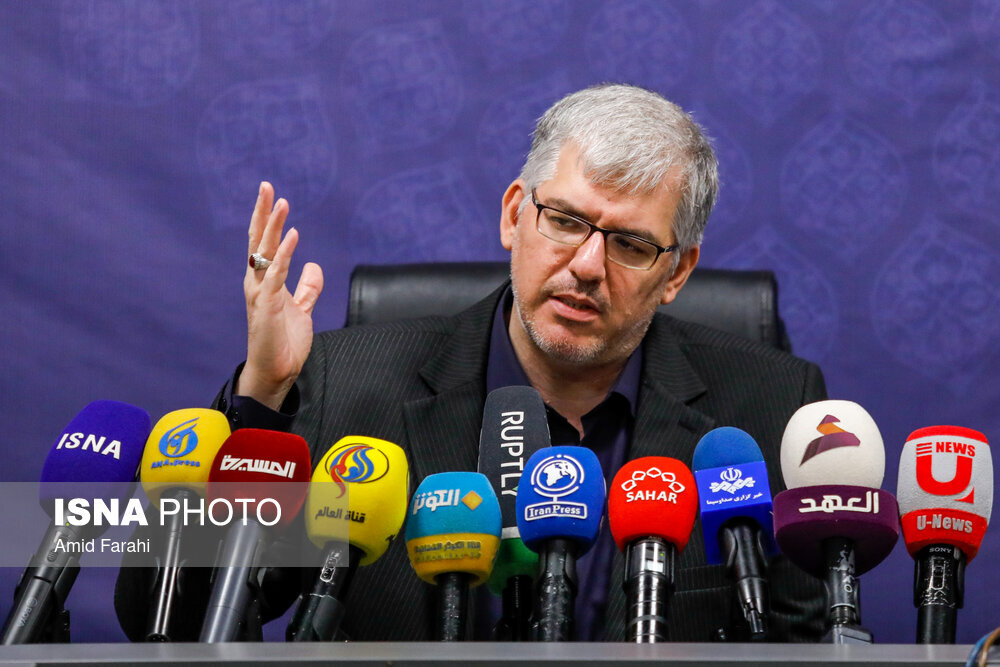Iran determined to develop space technology

TEHRAN – Hassan Salarieh, the head of the Iranian Space Agency, has emphasized the country’s determination to develop space technology.
The Iranian Space Agency launched a satellite called "Khayyam" with a wide range of environmental functions at 10:22 local time on Tuesday. It was put into orbit by a Russian Soyuz rocket from the Baikonur space station in Kazakhstan.
In the past years, the country has made good achievements in the fields of remote sensing, and in order to operationalize the discovered knowledge, we needed to have a high-tech satellite, Salarieh said in a press conference on Wednesday.
Iran's space industry has acquired the technical knowledge of manufacturing satellites with 5 to 10 meters resolution. So, the Khayyam satellite was ordered to be built by a Russian company, he said, adding, the satellite reached the stage of construction based on the parameters determined by Iran and also under our supervision.
“Improving productivity in the agriculture sector, surveying water resources, managing natural disasters, confronting deforestation, monitoring border areas and mining explorations are among the main objectives of the satellite.
In order to receive the data of this satellite, in addition to equipping the existing space stations, we have also prepared mobile stations in all parts of the country,” he noted.
Referring to Iran's recent cooperation with Russia to access remote-sensing satellites, Salarieh stated that Iran's space industry has started indigenization of this industry in the last 2 decades and has acquired the technical knowledge of manufacturing satellites with 5 to 10 meters resolution.
“We will continue this path and in the coming years, domestically produce, launch, and orbit satellites of higher resolution, to meet the country's needs,” he added.
Noting that the "Khayyam" satellite was designed in the early-2000s by space researchers according to the needs of the day, Salarieh said that the researchers showed that a satellite with an accuracy of one meter was needed, which required a period of one to two years to be produced.
After conducting preliminary studies and implementing the conceptual design of the "Khayyam" satellite, the technical specifications of the satellite were determined, he added.
To order a satellite, it is necessary to determine parameters such as regulations, telecommunication systems, communication, and sensing systems in different peaks, as well as controlling the condition and stability of the satellite, he explained.
After ordering this to the Russian company, the project monitoring procedures were carried out in different departments as well as various tests, and finally, the satellite was delivered to Iran and placed in a 500 km orbit.
Referring to the cost of the Khayyam satellite, Salarieh explained that according to the weight, spectrum, and accuracy, the price of remote-sensing satellites is different, and this project is estimated to cost around $40 million.
Homegrown satellites
Iran launched its first satellite, called Omid (literally meaning hope), in 2009. Rasad (literally meaning observation) satellite was also sent into orbit in 2011.
In 2012, Iran successfully put its third domestically manufactured satellite, named Navid (literally meaning promise), into orbit.
The first and most advanced homegrown remote-sensing satellite is Pars-1, which has been designed and constructed by the researchers of the Iranian Space Research Center.
Pars-1 is supposed to take pictures of all parts of the country using a high-resolution 15-meter-camera and send its photos from a 500-kilometer distance to the earth stations using a high-powered telecommunication transceiver.
According to previous reports, the Iranian Space Agency has plans to launch a number of satellites including Pars-1, Pars-2, Zafar-2, and Nahid-2.
In February, the Iranian Space Agency announced that the Kosar satellite, designed and launched by 8 technological companies, was scheduled to be in a 500-kilometer orbit by the current [Iranian calendar] year (which began on March 21).
Iran ranks 11th in space science worldwide
Iran is among the 10 countries with knowledge of space technology and is the 11th country in the world in terms of space science and the leading country in the region.
Iran’s global ranking in space technology has improved from 95 in 1996 to 11 in 2017.
FB/MG
